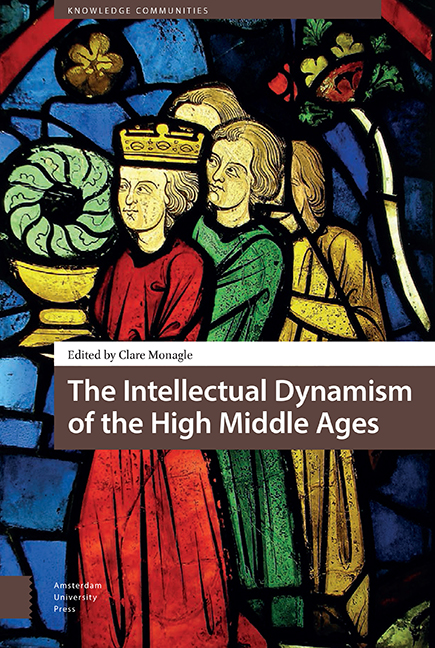Book contents
13 - The Miroir des dames, the Chapelet des vertus, and Christine de Pizan's Sources
Published online by Cambridge University Press: 16 July 2022
Summary
Abstract
This chapter offers a reading of the Othea Epistre, an early work by Christine de Pizan. It has been generally supposed that Christine was influenced by a text called the Fleurs de toutes vertues, as the Othea seemingly borrows a great deal from it. This chapter tests this assumption, widely accepted in the scholarship, by questioning why it has generally been assumed that the Fleurs predates the Othea. The chapter argues that there is little evidence that the Fleurs predated Christine's text. Instead, deploying philological analysis, the chapter shows that it is much more likely that the anonymous author of the Fleurs borrowed from the Othea.
Keywords: Christine de Pizan, Othea Epistre, Fleurs de toutes vertues
Among the works found in the libraries of the women mentioned by Christine de Pizan in the Cité des dames, a couple stand out as particularly popular. One is the Miroir des dames, a French translation of the Speculum Dominarum compiled by the Franciscan, Durand de Champagne, during the last decade of the thirteenth century; another is La Somme le roi, compiled a little earlier, in 1279, by a Dominican called Laurent. Following the hunch that Christine did not have privileged access to the library of Charles V prior to the duke of Burgundy's commission to write the panegyric biography of this king in 1403, but was using books she owned or that were available in the libraries of the aristocratic women with whom she was acquainted, I here discuss the probable influence of these two earlier moral manuals on Christine's Epistre Othea, thus updating and to an extent contesting the pioneering efforts of P.G.A. Campbell and Curt Bühler. There is no doubt that one finds echoes of the Miroir des dames in Christine's Livre de paix and in other political treatises, but the situation with regard to the Othea is rather more complicated.
Studying the sources of the Othea is important for assessing the originality of Christine's ideas, and the extent of their diffusion during the fifteenth century. For the conclusion of my investigation is that, rather than, as Bühler surmised, Christine having borrowed from the work which he initially called the Fleurs des toutes vertus, in fact, a rather later version of this work, which has been designated the Chapelet des vertus, borrows passages from Christine's Othea without acknowledgement.
- Type
- Chapter
- Information
- The Intellectual Dynamism of the High Middle Ages , pp. 279 - 296Publisher: Amsterdam University PressPrint publication year: 2021

